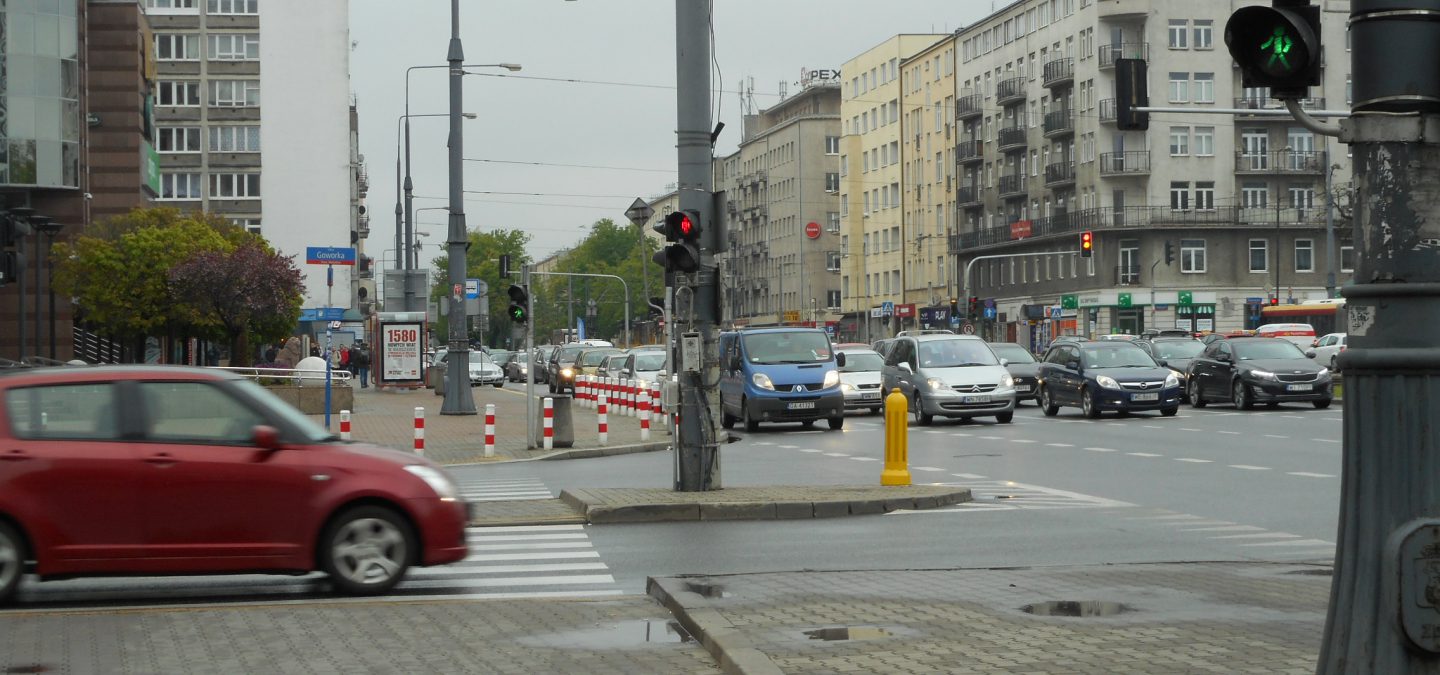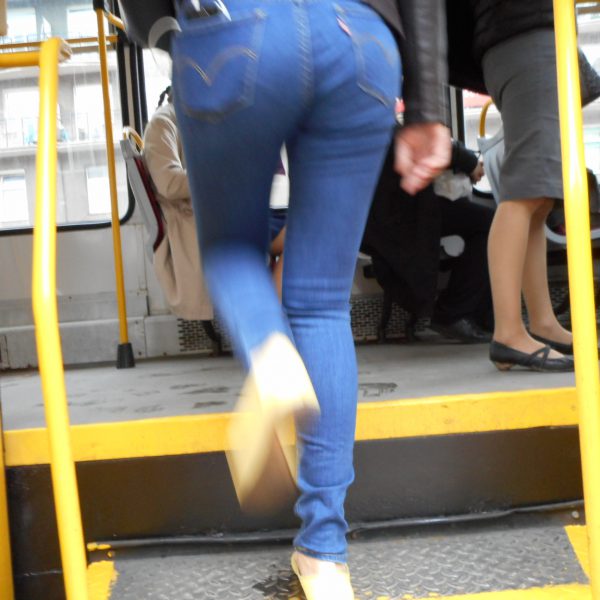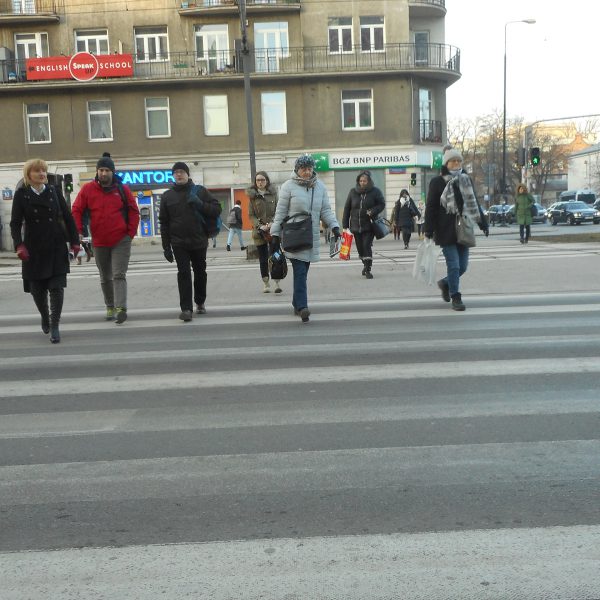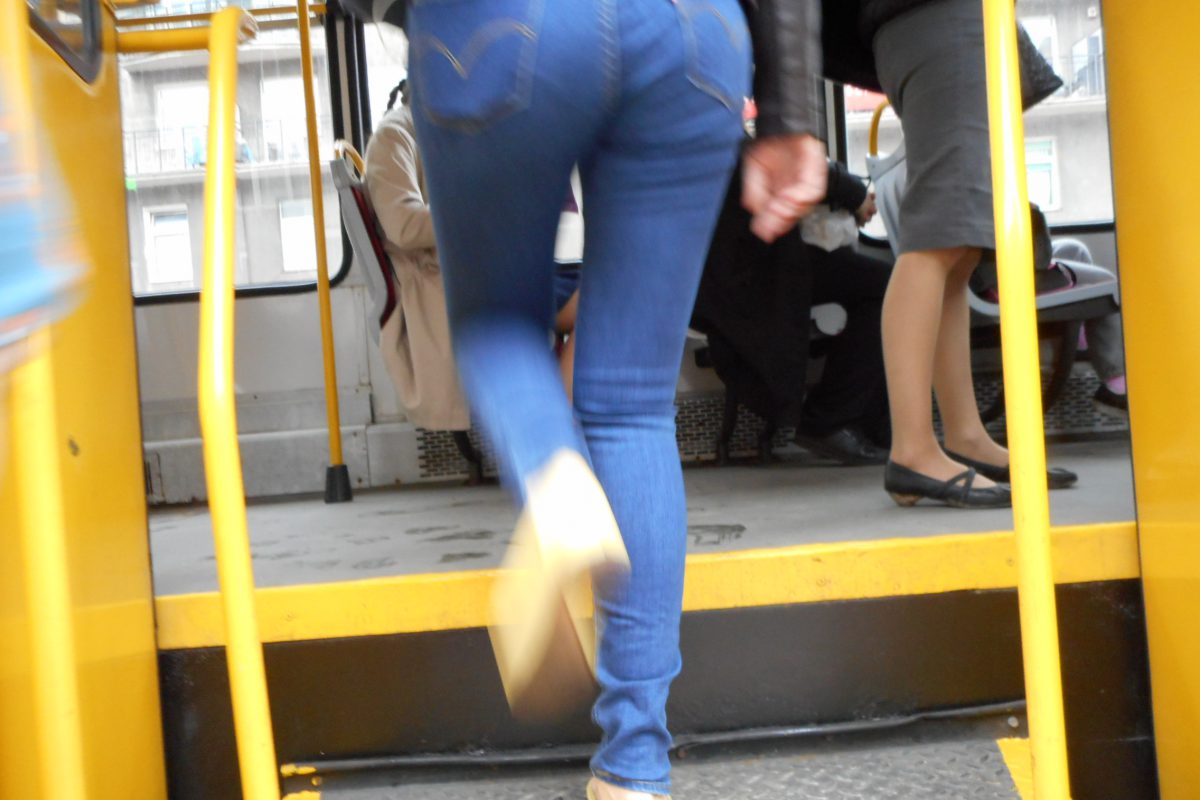
Keep up with our latest news and projects!

For Jana, my 81⁄2-year old daughter, the city is part of her identity: the streets she walks, the places she visits, the associations with events from her past. Learning as she goes, she experiences the space with all her senses. As well as what she sees, she has a map of smells and sounds. Sometimes they are pleasant. Other times, when it comes to the sewer stink or malodorous smog, or the adrenaline-rush of wailing sirens passing by, they are not. The city for her tells a story – the shop where Krysia the hairdresser works, the street we walked at night after Hania’s birthday, or the stop where Zosia boards the morning tram.
At Jana’s age, the law permits her to travel the streets on her own. And yet, of her 25 classmates, only a handful (excluding her) make the school trip alone. When I ask what problems she perceives in moving around the city, she claims none. Am I to assume the city is simpler than we think, or maybe that we shield her so well from difficulties? How much, I wonder, does my grown-up perception of the city differ from a child’s?
Home is the centre of Warsaw; school is 2 km away, and usually, we take the tram, sometimes we walk or cycle. Jana enjoys the boards displaying information about the approaching trams. She can prepare herself and knows if her tram will be a low-floor version. It matters as she dislikes the older trams and their difficult access – with steep steps and rear doors at an angle to the platform. On bikes, the cycle path network is well developed in the centre, meaning we can reach school without riding on the road, and with limited need to use pavements.
As a parent, I am alert to potential threats. Outside home, the cycle path ends abruptly, cyclists continuing their trips along the pavement, not adapting their behaviour to the new conditions. Warsaw traffic lights similarly present many challenges to the younger citizen. Inevitably, they give priority to traffic over pedestrians – Jana often complains of the long wait to cross. Sometimes she has two waits, the second on a traffic island because the green is too short to cross in one go. On other crossings, at complex junctions, the greens for each stage appear at different moments on different stretches. The danger is the natural assumption that one green will be followed by another, manifested in Jana’s belief that she can safely cross all stretches without checking the colour of all the signals.




Although Warsaw’s infrastructure may not be 100% intuitive to a child, it can be learned. My starkest observation is that a child faces unequal opportunities and rights, not because the city itself is too difficult, but because those who are stronger, who we might expect to support children, actually compete with them for space. When a grown-up is in competition with a child, the standard rules of behaviour (keeping to the right when walking, waiting for others to leave public transport before entering) are disregarded. The only observed rule is “might is right”. At rush hour, a child faces the problem of getting off the tram before the grown-ups’ inward rush. When a child crosses the rush hour street, they face a wall of oncoming humanity, stretching across the width of the crossing. Adult cyclists pay little heed to their younger counterparts, asserting their priority, cutting in, riding towards them when receiving the green signal. Drivers ignore children at zebra crossings; school run parents park on zebras in front of the building or reverse across them without looking.
Jana is responsible and independent, and I trust her. Yet, I still take her to school every day. Why? When it comes down to the key question – whether she can go to school on her own – she replies ‘yes’, because I have taught her everything she needs to know. But, she says she won’t do it, for who will kiss her goodbye in the locker room. For now, we leave it at that, keeping the ability to make the journey for days when nobody can take her. For the time being, I will be there, because it is a time for discussing the important topics of the day that we have no time for in the morning melee, or when our tired paths cross at the day’s end.
The article is based on a research done for postgraduate urban studies course at the Institute for Public Space Research (Warsaw Academy of Fine Arts)
This article belongs to a series of stories about the city at eye level for kids! You can access the full book online in PDF or pre-order your hardcopy to be delivered to your home.
Get your book here